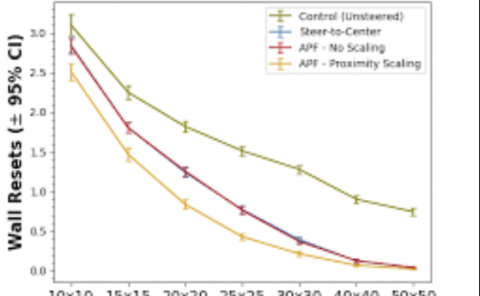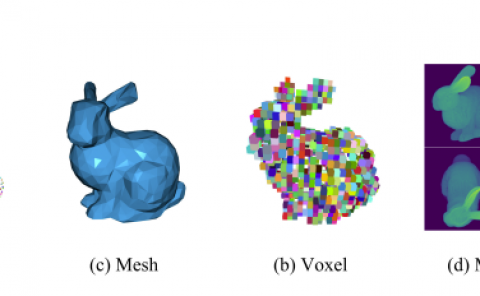Gaze typing in virtual reality: impact of keyboard design, selection method, and motion
PubDate: June 2018
Teams: Texas A&M University,Technical University of Denmark
Writers: Vijay Rajanna;John Paulin Hansen
PDF: Gaze typing in virtual reality: impact of keyboard design, selection method, and motion

Abstract
Gaze tracking in virtual reality (VR) allows for hands-free text entry, but it has not yet been explored. We investigate how the keyboard design, selection method, and motion in the field of view may impact typing performance and user experience. We present two studies of people (n = 32) typing with gaze+dwell and gaze+click inputs in VR. In study 1, the typing keyboard was flat and within-view; in study 2, it was larger-than-view but curved. Both studies included a stationary and a dynamic motion conditions in the user’s field of view.
Our findings suggest that 1) gaze typing in VR is viable but constrained, 2) the users perform best (10.15 WPM) when the entire keyboard is within-view; the larger-than-view keyboard (9.15 WPM) induces physical strain due to increased head movements, 3) motion in the field of view impacts the user’s performance: users perform better while stationary than when in motion, and 4) gaze+click is better than dwell only (fixed at 550 ms) interaction.


